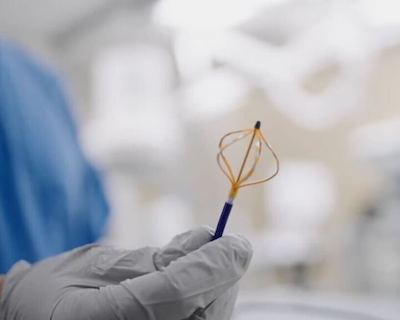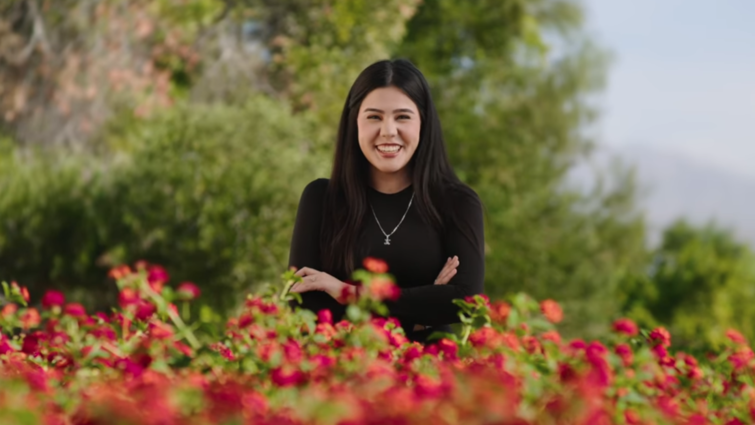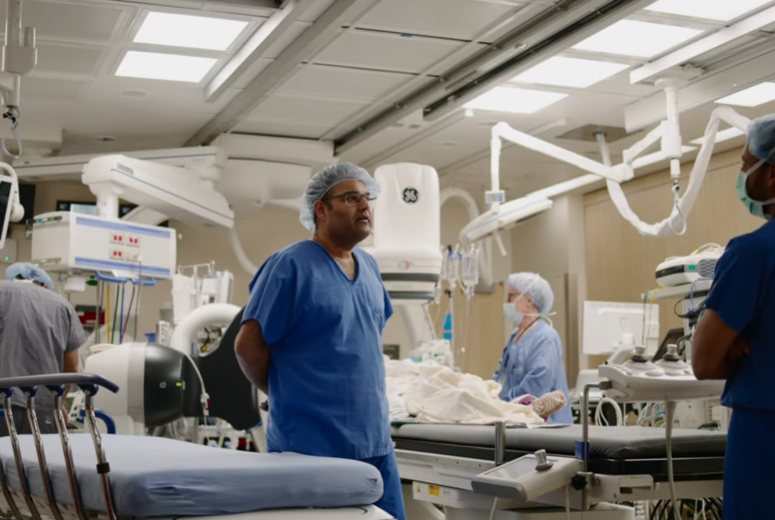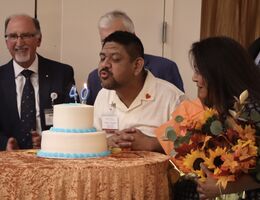

During what was supposed to be a relaxing family trip to Parker, Arizona, 18-year-old Kate Valenzuela experienced a frightening health crisis that changed her life. She was suddenly overcome with dizziness, blurred vision, and a racing heart — symptoms that initially seemed like anxiety but later revealed a much more serious condition.
“God why me? Why are you making me sick?” she said.
As the episodes persisted and increased in frequency, she sought medical attention and was referred to the cardiologist. “It was clear she was having symptoms of ventricular tachycardia, a potentially lethal heart rhythm disorder,” said Rahul Bhardwaj, MD, a clinical cardiac electrophysicist. “This condition, more commonly seen in older adults, posed a serious risk of stroke or cardiac arrest for someone so young.”
Valenzuela’s treatment team worked to outline the best treatment plan for the young woman. Traditional options, such as lifelong medication or an implanted defibrillator, were not ideal for someone her age. Instead, the care team decided to pursue a catheter ablation procedure, which uses energy to destroy the abnormal heart tissue responsible for the arrhythmia.
“How lucky is somebody to be outside to touch grass and smell fresh air because that’s all I missed,” Valenzuela said.
Initially, she underwent radiofrequency ablation, a conventional method of treating heart arrhythmias. The delivered current cauterizes areas of the tissue that sends abnormal electrical signals. “Electrical signals in the heart are responsible for activating the heart,” Bhardwaj said. While the procedure was promising, the arrhythmia returned overnight, leading doctors to explore an innovative solution: pulse field ablation. This cutting-edge technique uses short bursts of high-voltage electrical energy to target and eliminate problematic heart cells with precision while minimizing damage to surrounding healthy tissue.

“Nano and microsecond impulses of current produces programmed cell death,” Bhardwaj said.
The procedure was a success. Since her treatment, she has not experienced any further episodes of ventricular tachycardia. With her heart rhythm restored to normal, she has regained her energy, confidence, and outlook on life. After months of fear and uncertainty, she now appreciates even the simplest joys — being outdoors, feeling fresh air, and returning to the life she once knew.
“Restoring and improving a patient’s quality of life with a single two-to-three-hour procedure is all very satisfying and rewarding,” Bhardwaj said. “We treat many conditions, but not everything has a cure. We cured her.”
This Heart Month, Valenzuela’s journey serves as a powerful reminder to listen to your body, seek medical help when something feels off, and have hope in the advancements of modern medicine.
“I appreciate everything, I don’t take anything for granted,” Valenzuela said.
Want to learn more about heart health? Take the next step, learn heart healthy recipes, and find expert advice here.



